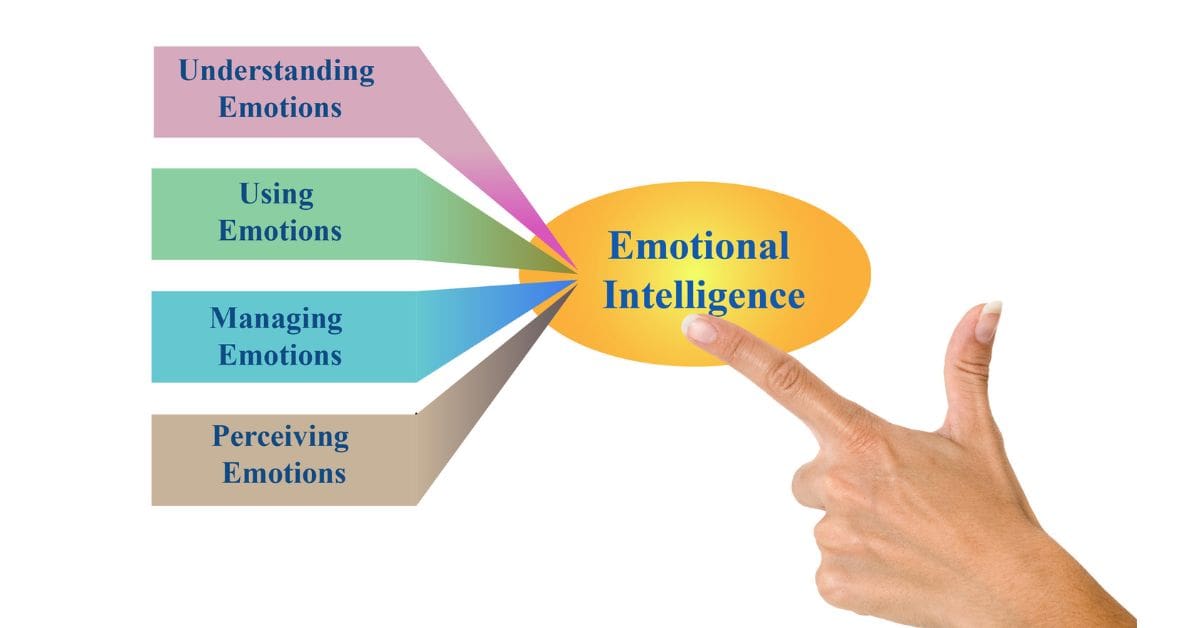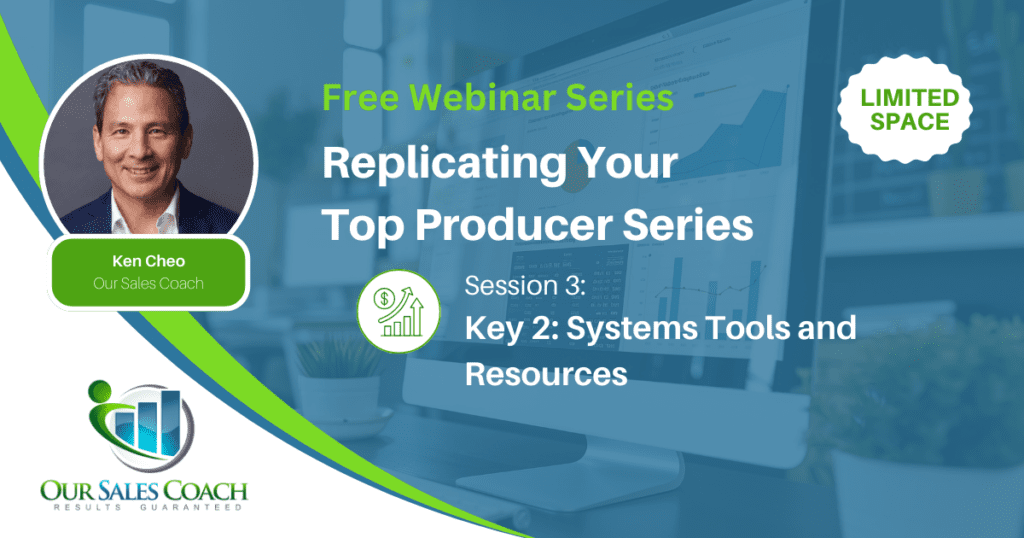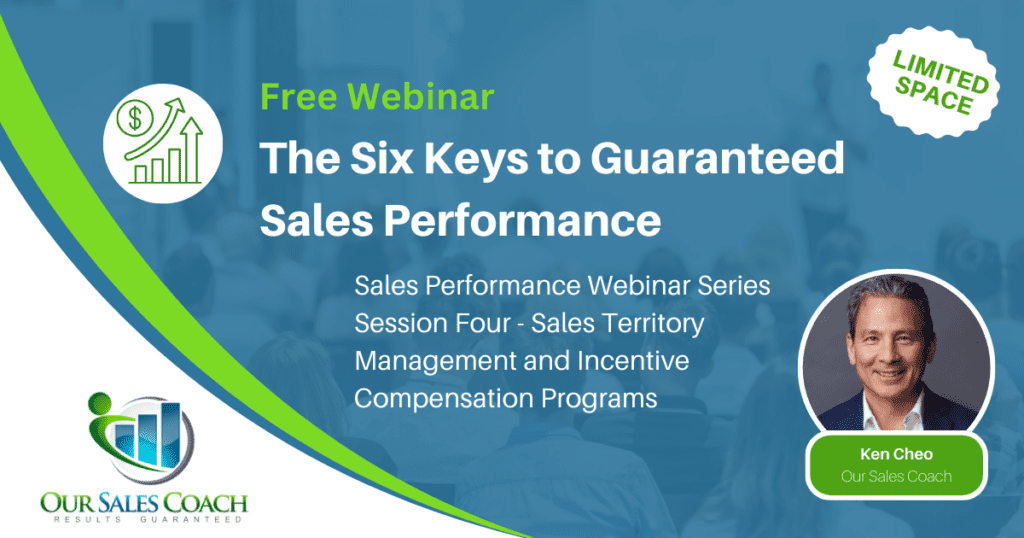Emotional Intelligence (EI) is the secret sauce that’ll help you close more deals faster.
Get the Emotion, Get the Deal
Customers buy based on emotion; your job is to read them. Salespeople rarely stick with the conversation to generate the emotional response to what has the prospect upset, excited, or worried. When they don’t address these emotions head-on, opportunities stall.
Listen to Win
Active listening isn’t just hearing words, it’s reading between the lines. It’s about catching the subtle cues in tone and body language. Do this, and you’ll uncover what is really important to earn their trust.
Create a Feel-Good Experience
Remember, people buy from folks who make them feel good. Use your EI to forge a positive emotional connection with your prospects. Make them feel valued.
Empathy: Your Biggest Trust-Builder
Genuine empathy validates your prospects’ emotions, building trust and credibility. They’ll see you as a caring solutions provider, not just a salesperson.
Choose Your Words Wisely
Learn to identify the type of person you are dealing with. Then choose words that cater to their preferred behavioral style.
Pitch With an Emotional Compass
Pay attention to your prospects’ emotional response. If they’re upbeat, you’re on the right track. If not, time to switch gears.
And there you have it…
Leverage Emotional Intelligence to know if you are dealing with a motivated buyer, close the business faster, and build genuine customer relationships. Try this, and watch your sales game go from good to great.
How to Subtly Build Trust on a Sales Call
How do you build trust subtly on a sales call?
5 ways:
Strategic Talker, Better Listener…
Here’s a secret: listening wins deals. Sure, you’ve got a lot to say. But hold back, and let them do the talking. They’ll see you’re genuinely interested, not just waiting to unload your pitch.
Relate and Validate…
Nothing builds trust like understanding. Relate to their problems. Validate their concerns. It shows them you’re in their corner and not just there to make a quick buck.
Honesty = Best Policy
No one likes a slick Willie. Be transparent. If your product isn’t right for them, say so. It sounds counterintuitive, but they’ll respect you for it. Plus, it leaves the door open for future deals.
Don’t Overpromise
Don’t promise the moon if you can’t deliver it. Keep your commitments realistic. You’re in for the long game, and trust me, they’ll appreciate the honesty.
Share Your Expertise
Got industry insight or an interesting tidbit? Share it! This isn’t about showing off. It’s about demonstrating value beyond your product. It’ll mark you as a trusted advisor, not just another salesperson.
Use these tips and watch as your conversations transition from hard sale to trusted consultant.
Happy selling!
Market Segmentation, The Overlooked Sales and Marketing Tool
There is one sales strategy often left collecting dust on the shelf…
Market segmentation!
It’s a killer tool to amp up your sales and marketing game. Here’s the deal:
Define Your Segments
Look at your markets. It’s not a monolith, right? Break it down into segments, maybe based on industry verticals, demographics, end use application, common buying factors, geographic reach, size, you name it. The aim? Tailored strategies for each segment, ensuring no one’s left out in the cold.
Give the People What They Want!
With your market divided, you can deliver messages that resonate. Think about it. The more your content feels made for them, the more they’ll pay attention. Goodbye, generic, hello, personalized!
Efficient Use of Resources
You can’t be everywhere at once and you can’t be everything for everyone. Segmentation helps you decide where to put your time and budget for maximum ROI.
A/B Testing Magic
Different segments react differently. A/B testing lets you fine-tune your approach for each one. That’s how you turn decent results into great results.
Find Your Goldmine
Segmentation may reveal an underserved market that’s ripe for the picking. A niche where you can make your mark and get ahead of the competition.
Market segmentation, the overlooked but dynamite sales and marketing tool. Put it to use and watch your sales and marketing game level up.
Now go out there and start segmenting!
What Sales Stats Should You be Analyzing?
Sales isn’t just about charisma and a great pitch, it’s a numbers game too.
But which stats should you be analyzing? Let’s break it down:
Conversion Rate
This one’s a no-brainer. How many leads are turning into actual customers? A low conversion rate might mean your sales process needs tweaking.
First Meeting Conversion
How many first meetings on new opportunities do your salespeople need and at what frequencies? The first meeting to close ratio gives them this number. With this knowledge they can focus on getting those meetings consistently with qualified prospects to maintain a healthy pipeline.
Lead Response Time
Timing is everything. How long does it take your team to respond to a lead? The quicker you jump, the higher your chances of landing the deal.
Average Deal Size
All deals aren’t created equal. Track your average deal size to ensure your efforts are hitting the mark. Otherwise you may need to redirect your targets or adjust your target quantities.
Sales Cycle Length
How long does it take to close a deal? A shorter cycle means more deals in less time. If it’s too long, you might need to revamp your sales process.
Customer Acquisition Cost (CAC)
How much are you spending to win a customer? If the cost is too high, it’s time to streamline your processes and get more bang for your buck.
Customer Lifetime Value (CLV)
This is the total revenue you can expect from a customer over their lifespan. Your CLV should be higher than your CAC for a profitable business.
Analyzing these figures will help you fine-tune your sales strategy and keep you on the path to success.
Remember, in sales, the devil’s in the data!







